16 Free Religious Buildings transparent PNG images
Explore our comprehensive collection of Religious Buildings imagery, featuring 16 free AI-generated images that capture the spiritual and architectural magnificence of sacred spaces worldwide. Our diverse collection includes stunning stock photos, detailed 3D objects, versatile vectors, and artistic illustrations of temples, churches, mosques, synagogues, and other religious structures. Each high-resolution image is available for immediate download, and with our innovative 'open in editor' feature, you can fine-tune the prompts to regenerate images that perfectly match your vision of religious architecture.
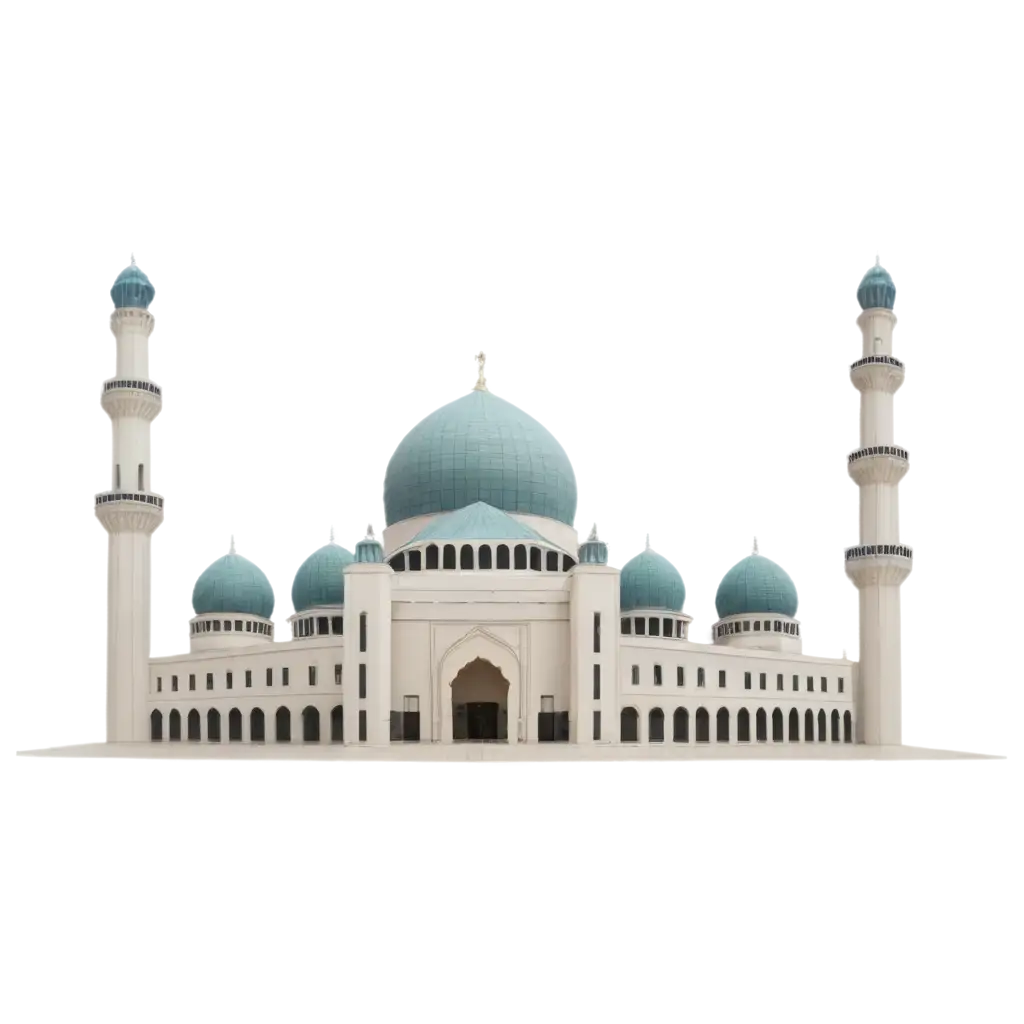
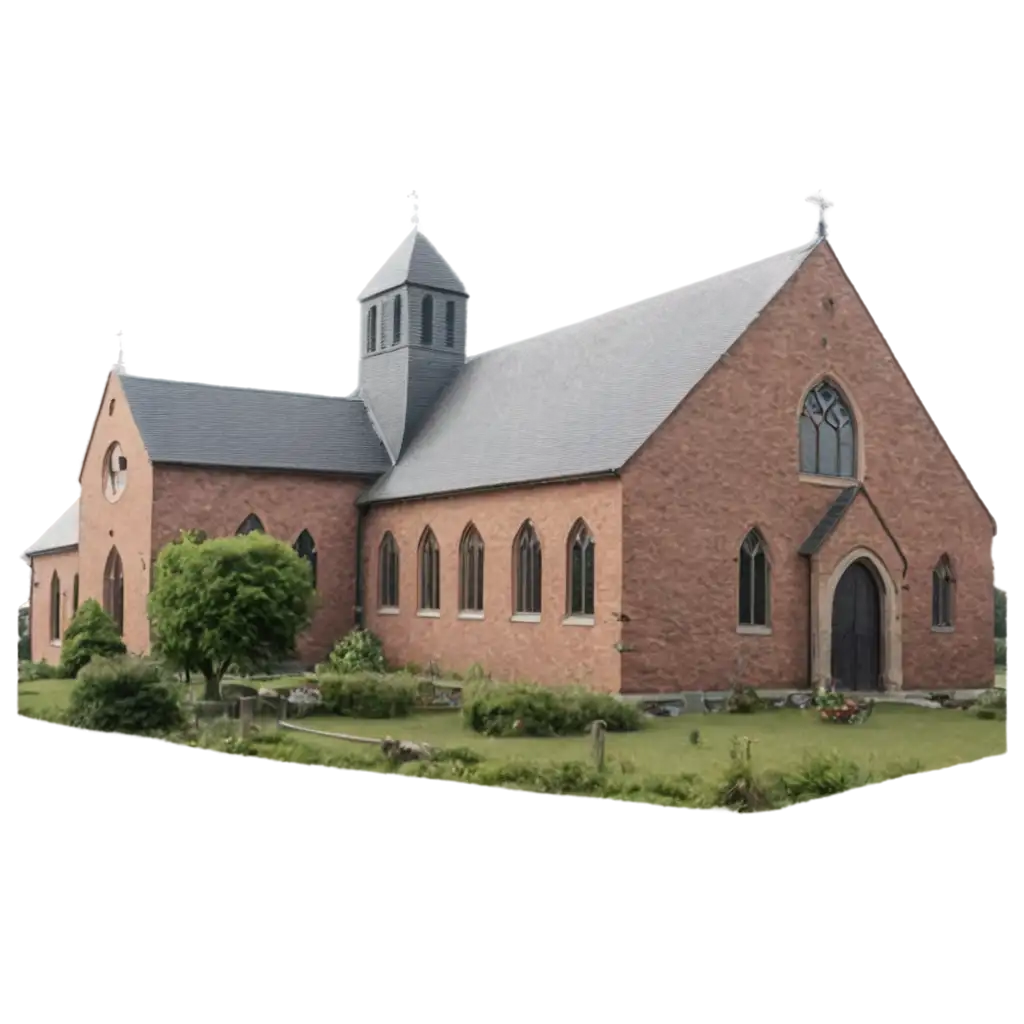
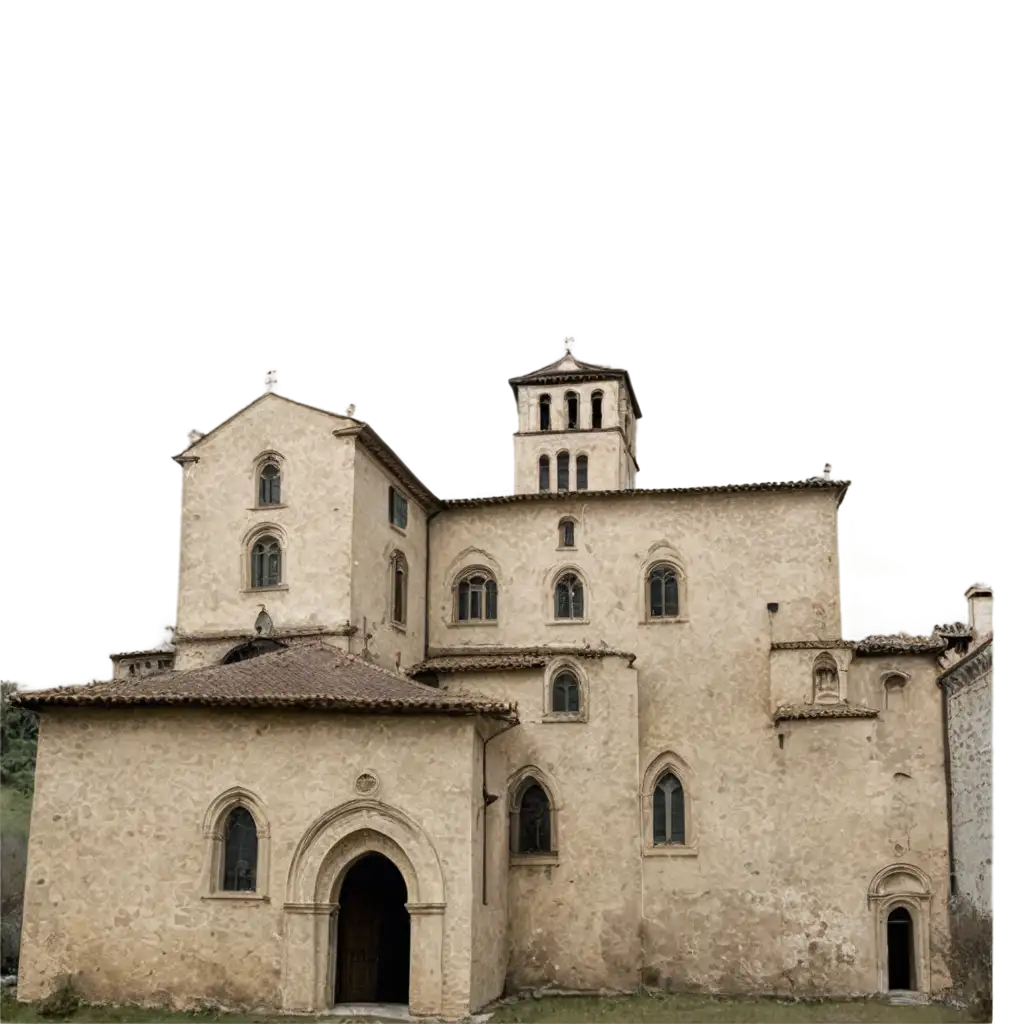
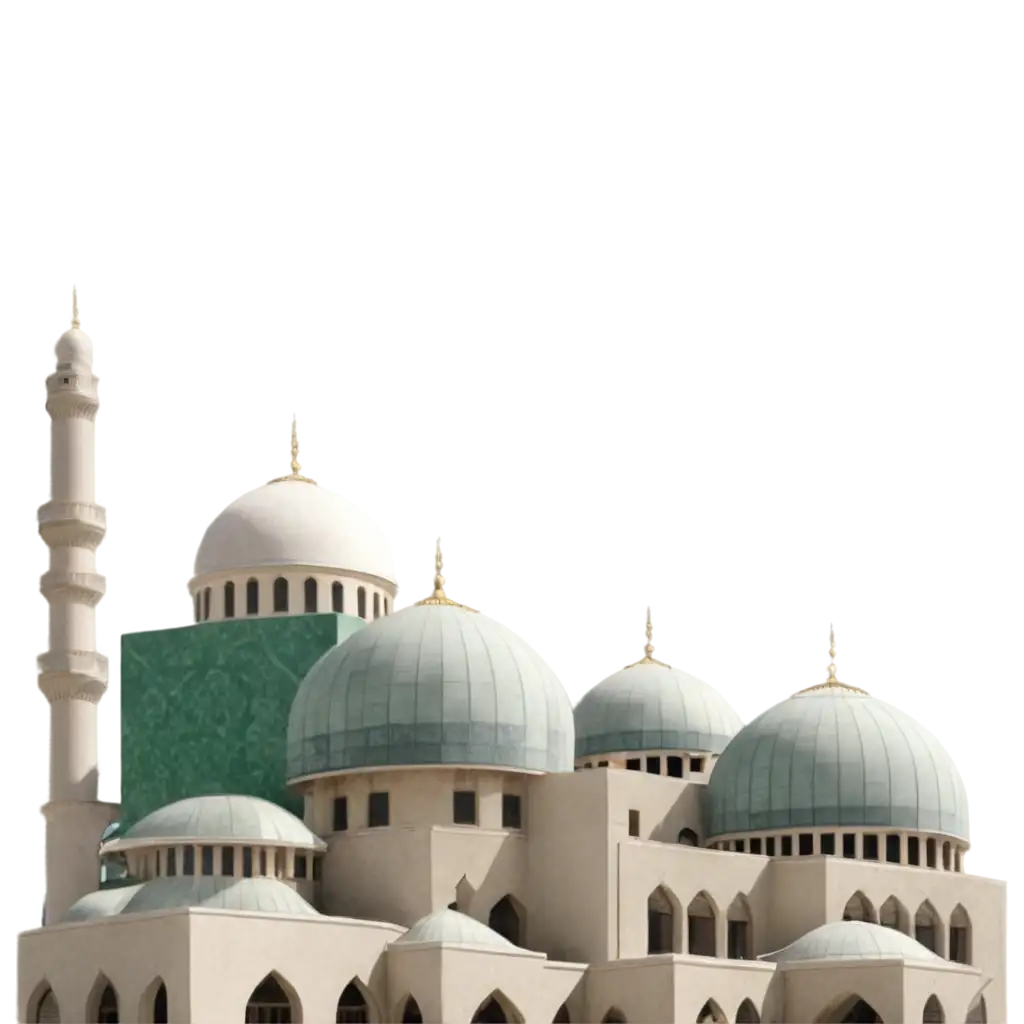
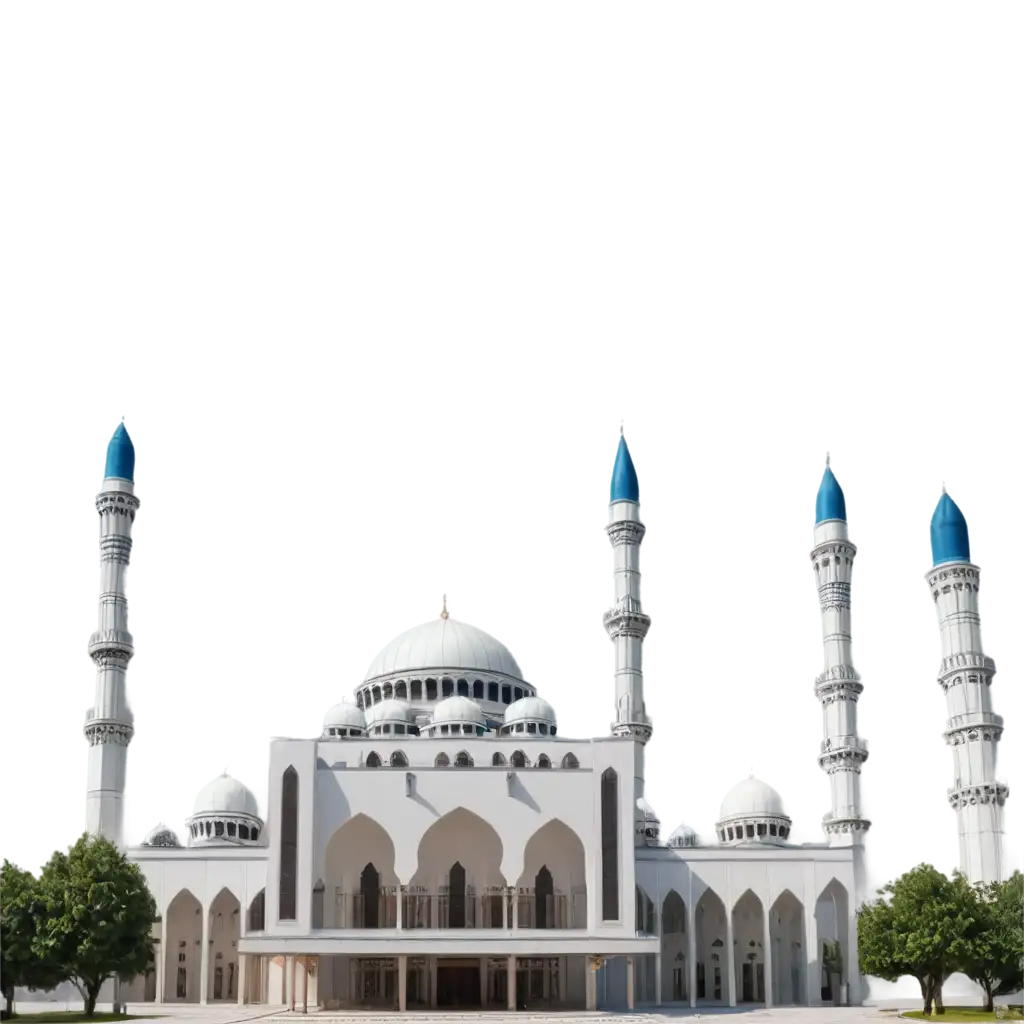
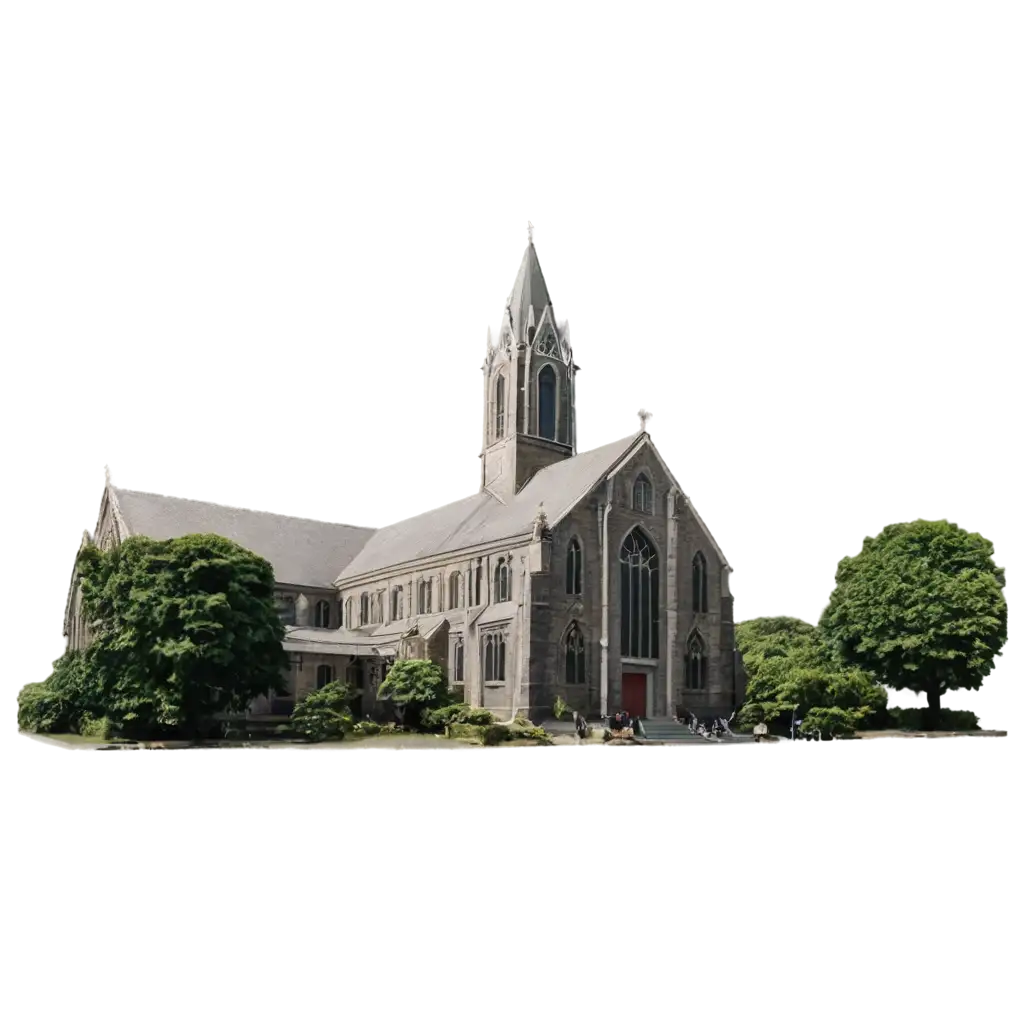
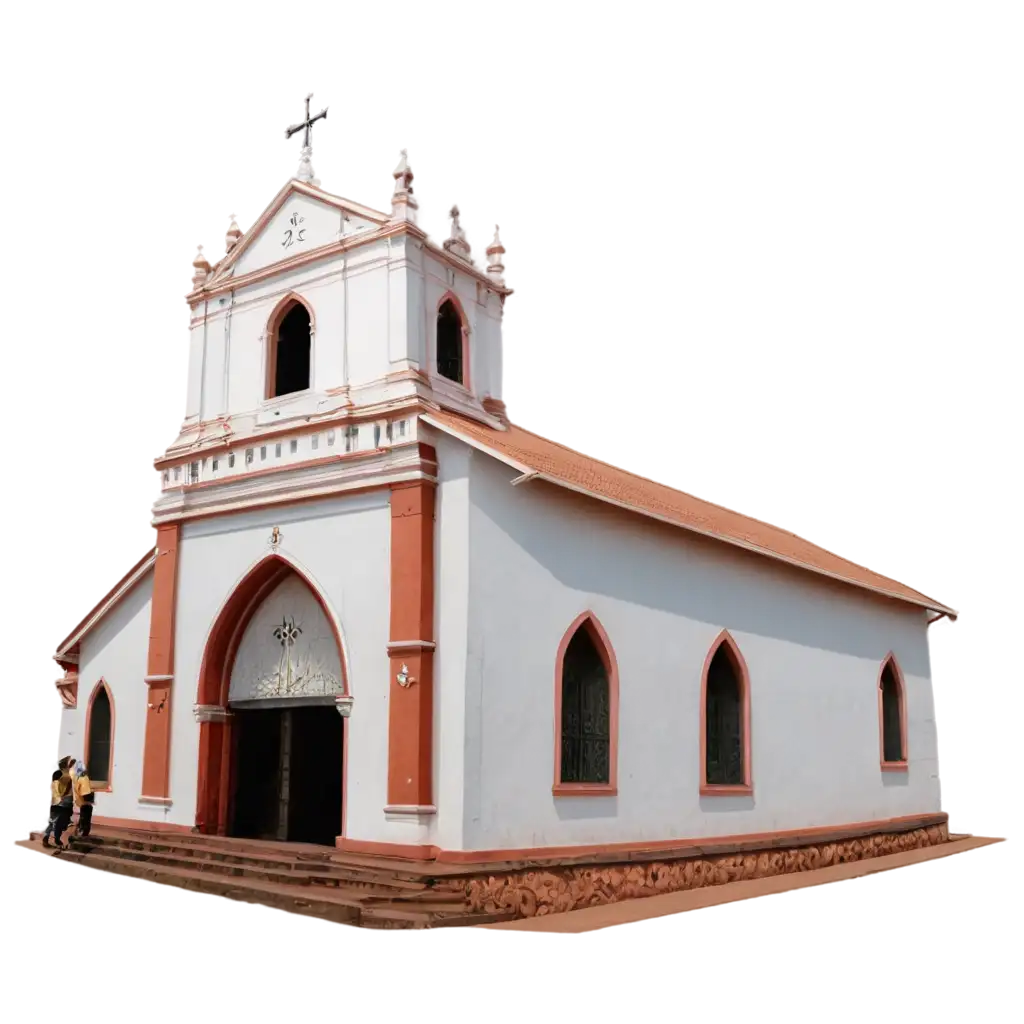
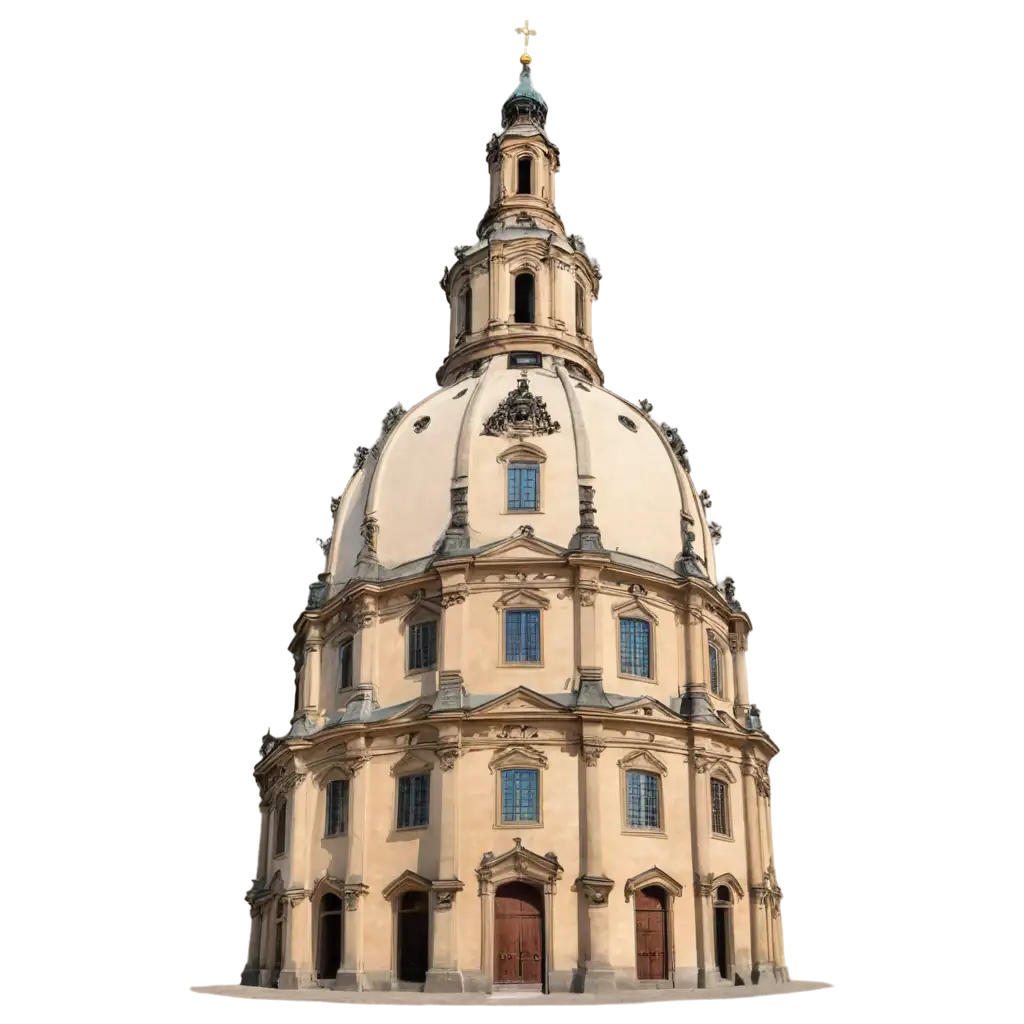

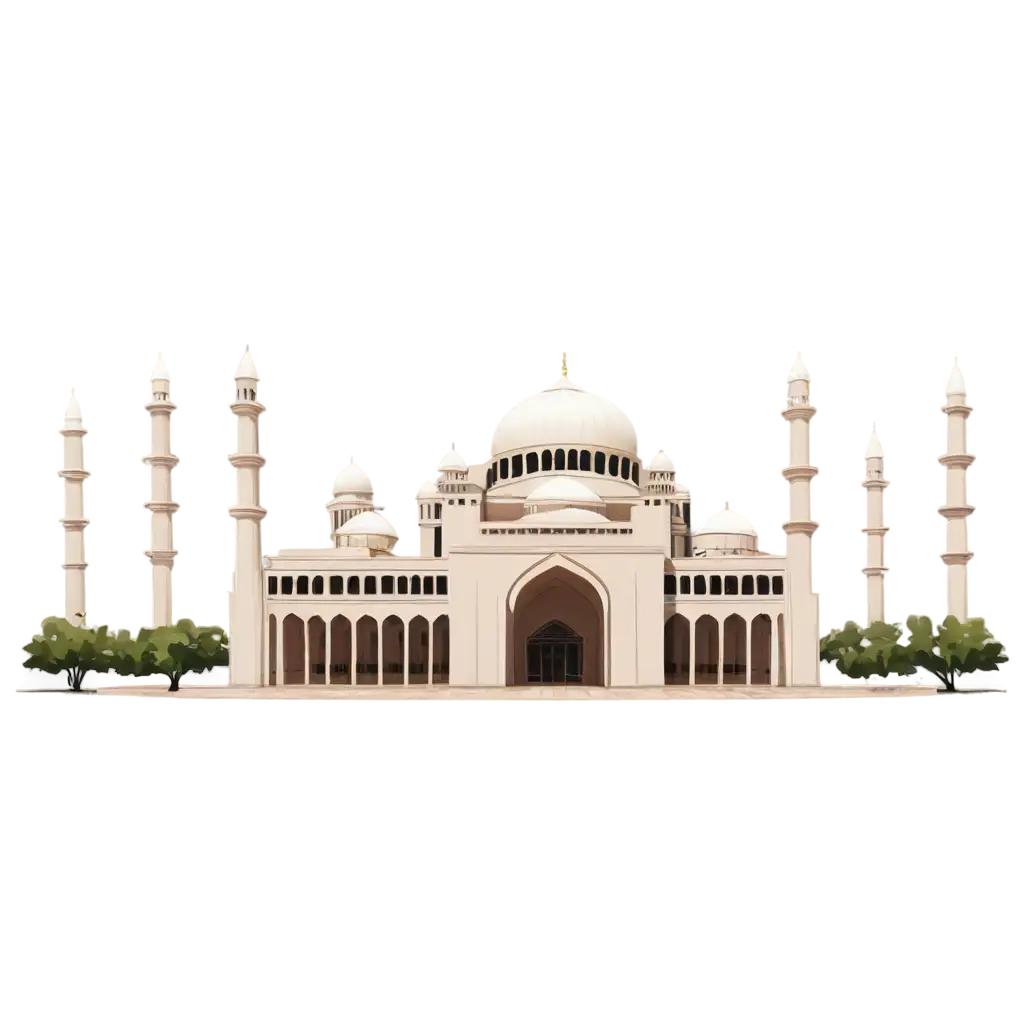
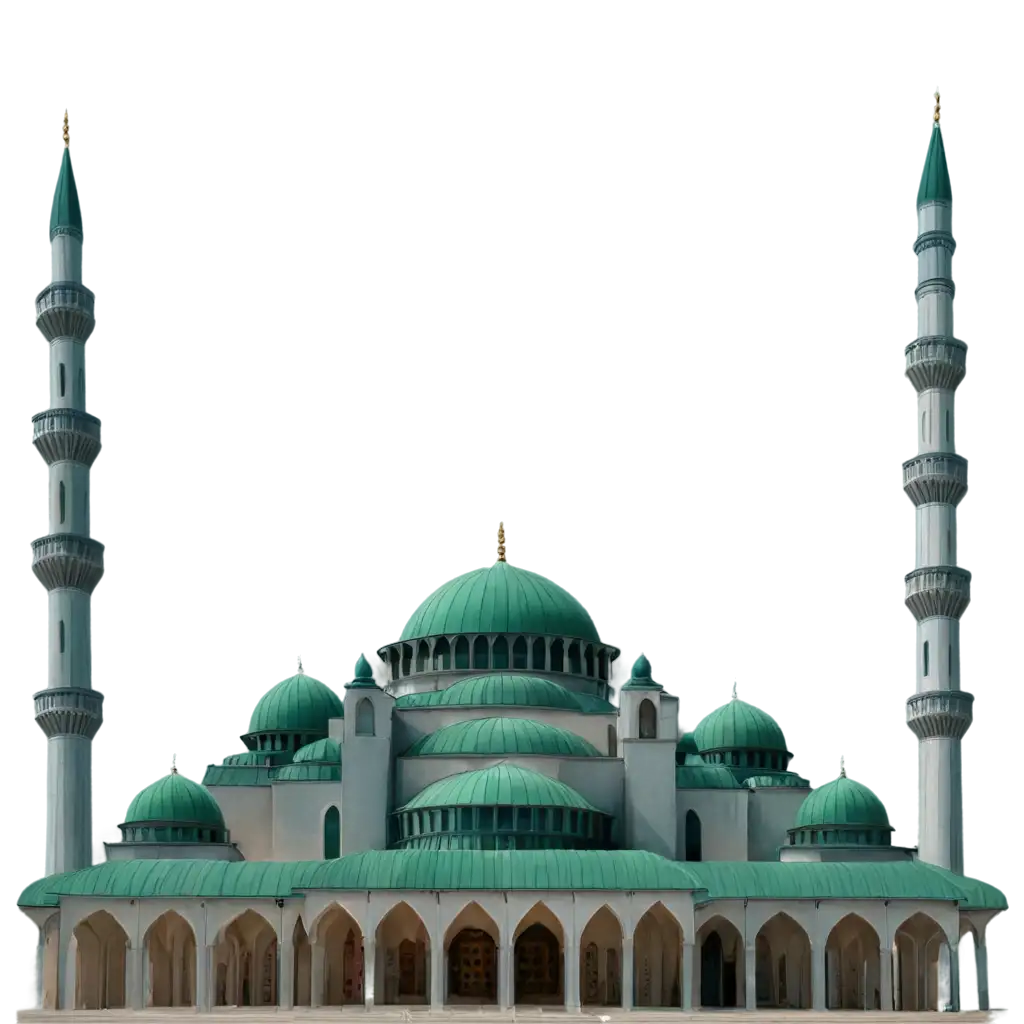

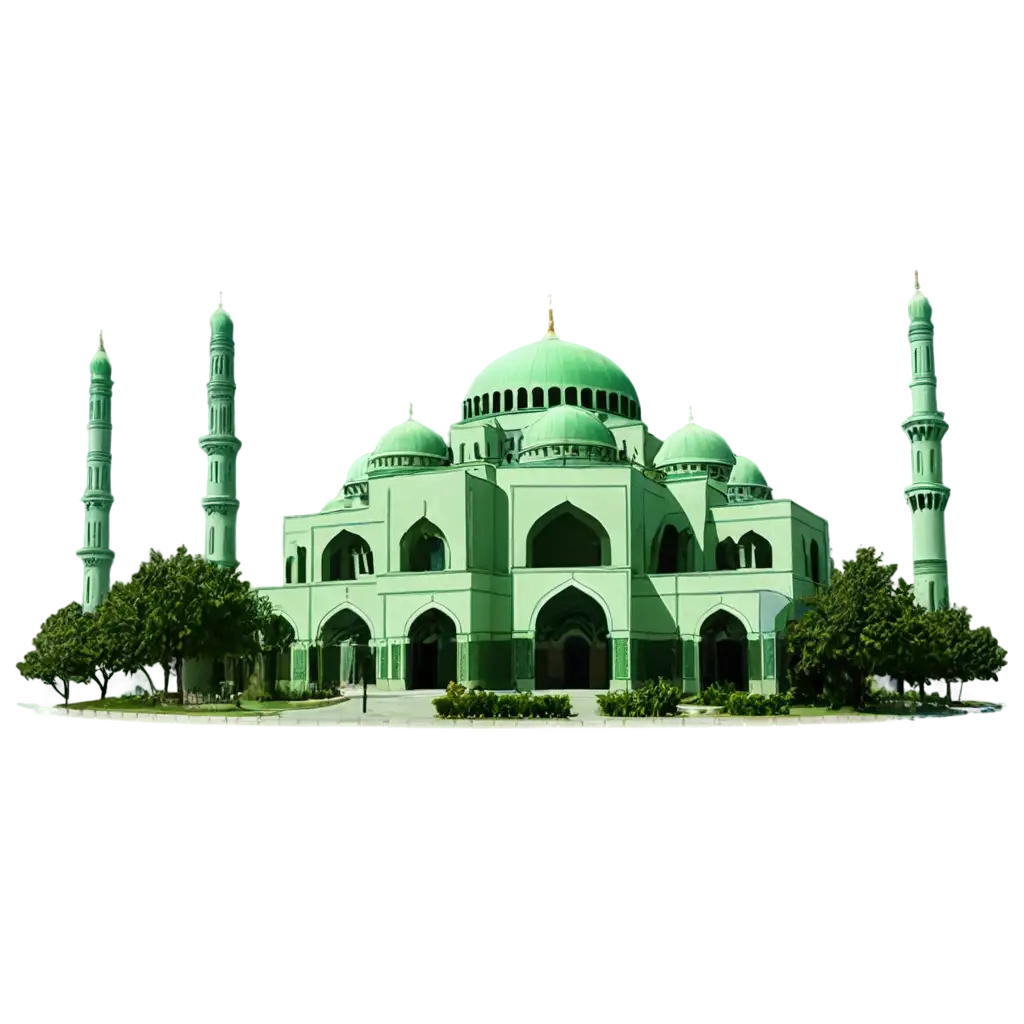
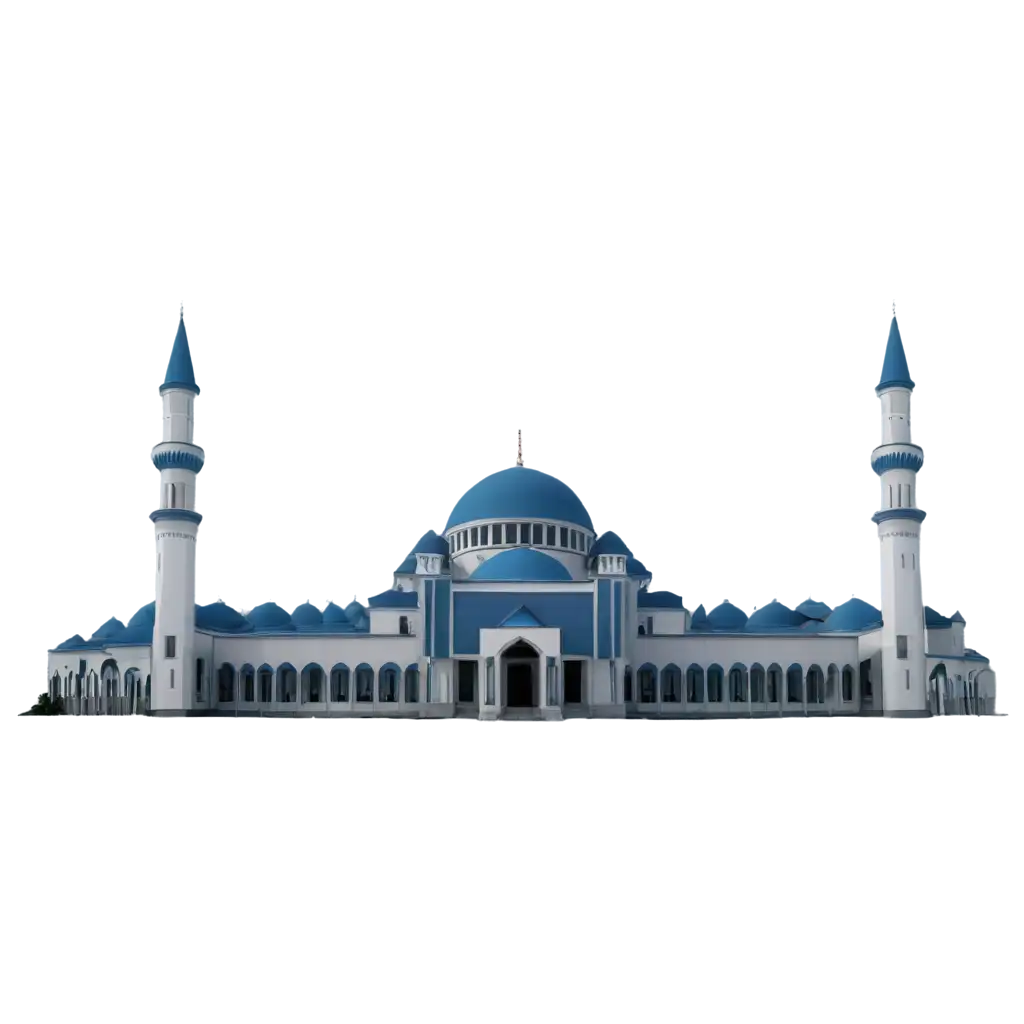
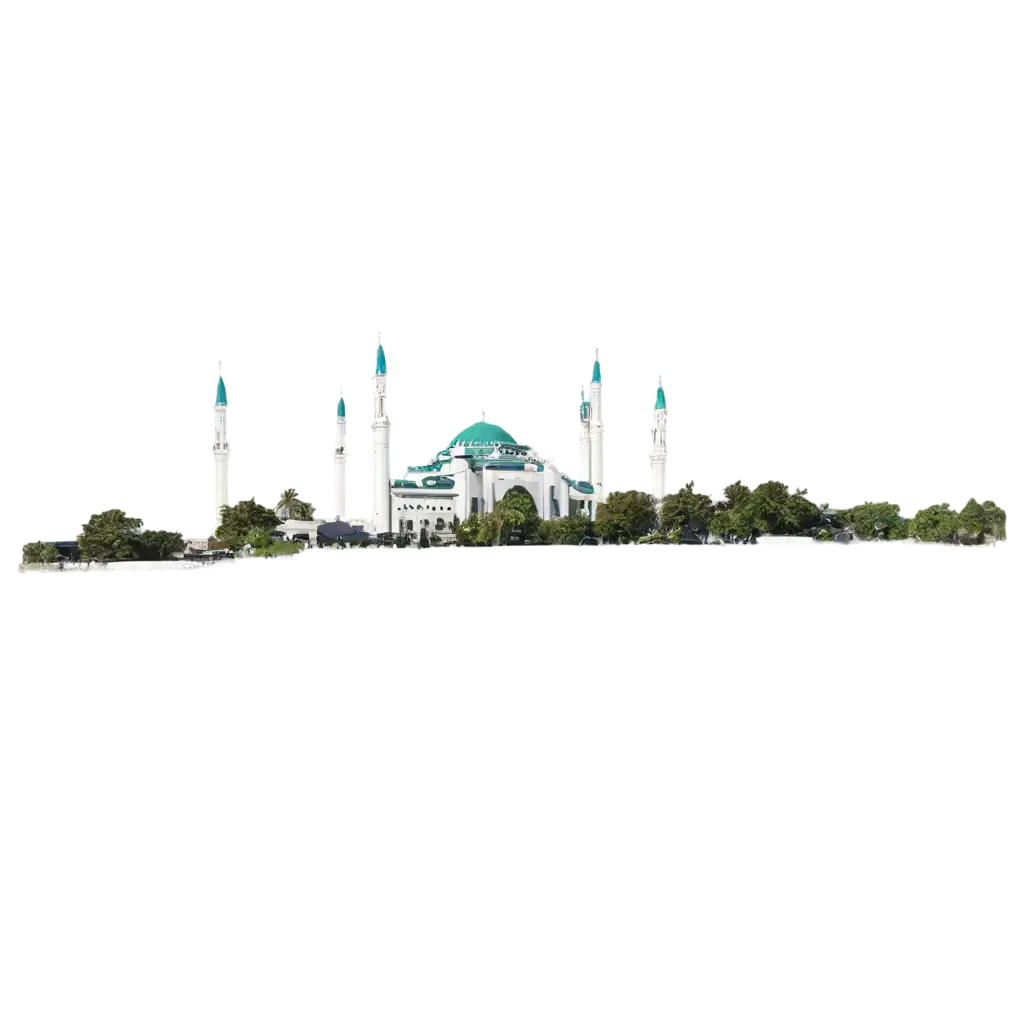
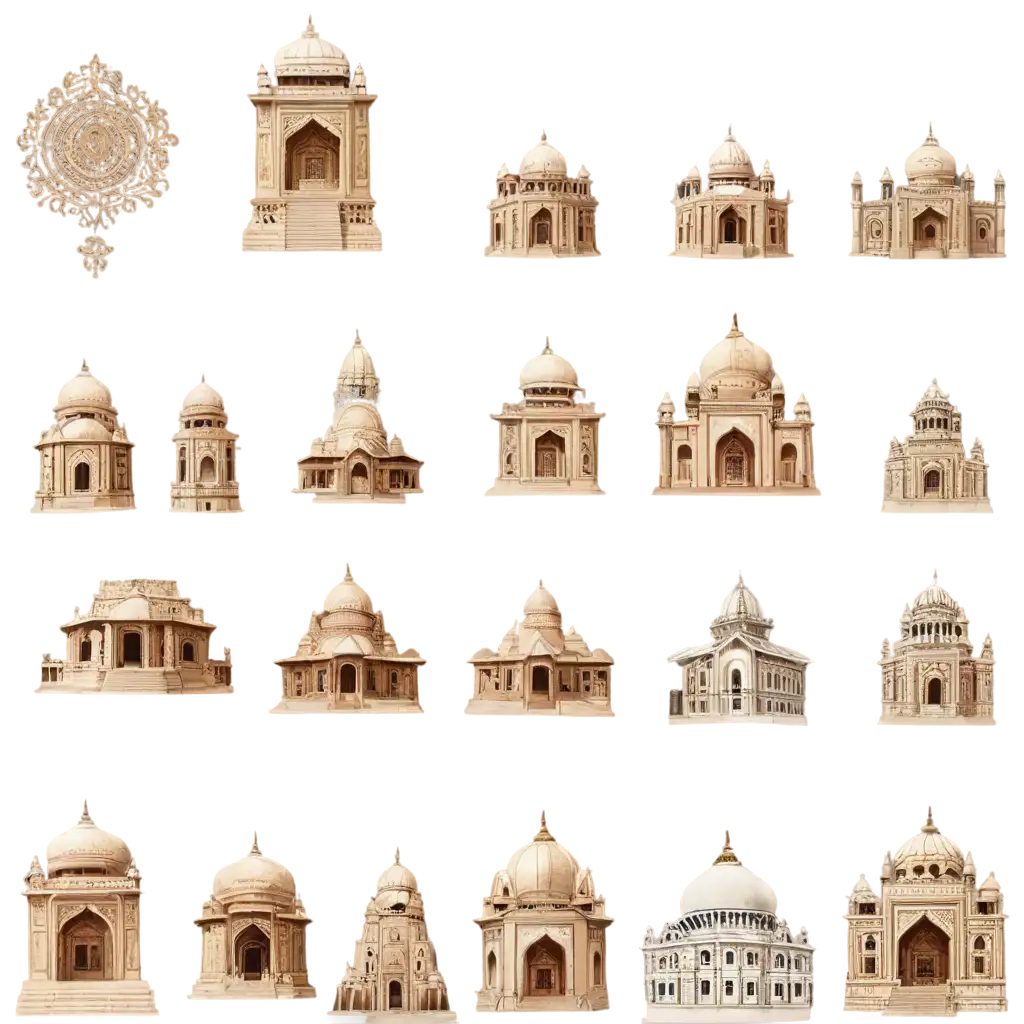
Related Tags
Religious architecture stands as one of humanity's oldest and most significant architectural expressions, dating back to prehistoric times. Each era and culture has contributed unique architectural elements: the massive pyramids of ancient Egypt, the intricate Hindu temples of India, the soaring Gothic cathedrals of medieval Europe, and the geometric precision of Islamic mosques. These structures reflect not just architectural innovation but also the spiritual aspirations and cultural values of their times. Modern religious buildings continue this evolution, incorporating contemporary materials and sustainable design principles while maintaining their sacred character. Notable examples include the Sagrada Familia in Barcelona, which blends traditional Catholic architecture with modernist elements, and the Crystal Cathedral in California, showcasing modern architectural possibilities in religious spaces.
Sacred Architecture Through History: From Ancient Temples to Modern Worship Spaces
Religious buildings are distinguished by their purposeful incorporation of symbolic elements and sacred geometry. Common features include vertical emphasis pointing toward the heavens, such as spires, minarets, and temple towers. The use of light plays a crucial role, with many structures incorporating strategic window placement and stained glass to create an ethereal atmosphere. Spatial organization often follows religious principles: churches typically arrange space along an east-west axis, mosques orient toward Mecca, and synagogues position the ark on the Jerusalem-facing wall. Decorative elements carry deep meaning, from the intricate Islamic geometric patterns representing divine infinity to Buddhist mandalas symbolizing the universe. These architectural features not only serve practical purposes but also create spaces that facilitate spiritual connection and religious practice.
Distinctive Features and Symbolism in Religious Building Design
Generating convincing AI images of religious buildings requires understanding key architectural elements and cultural sensitivities. Essential aspects include accurate representation of architectural styles (Gothic, Romanesque, Byzantine, Islamic, etc.), proper scale and proportion, and authentic cultural details. When creating prompts, focus on specific features like domed roofs, pointed arches, ornate decorations, and characteristic materials. Consider environmental context, lighting conditions, and seasonal variations to create more realistic and atmospheric images. Important considerations include respecting religious symbols and traditions, maintaining architectural accuracy, and avoiding inappropriate combinations of religious elements. For best results, include specific architectural terms, historical periods, and cultural context in your prompts.
Creating Religious Building Images with AI: Techniques and Considerations
Religious architecture is evolving in response to technological advances and changing social needs. Virtual reality and augmented reality are creating new possibilities for experiencing sacred spaces, while sustainable design principles are being integrated into modern religious buildings. Emerging trends include multi-faith spaces in urban areas, adaptable worship environments, and the incorporation of digital technology for enhanced worship experiences. AI-generated designs are helping architects explore innovative forms while respecting traditional religious principles. These developments suggest a future where religious buildings will continue to serve their spiritual purposes while adapting to contemporary needs and environmental concerns. The rise of digital tools and AI in architectural design is enabling more experimental and efficient approaches to creating sacred spaces that honor traditional principles while embracing modern innovation.
The Future of Religious Architecture in the Digital Age